Editing The SXSW Sci-Fi Rom-Com Standout ‘Max and Molli in the Future’
Jourdan Aldredge

Mar 28, 2023
Every year at film festivals like SXSW we see countless examples of great filmmaking in action (many featured in our SXSW production survey). From witty writing to creative directing and cinematography, film fest films are one of the best resources for inspiration and insights into where the medium of film is going next.
And while the breakout performances and top-of-the-poster names of directors and DPs will always get the first wave of appreciation, it’s often actually the editing of many film festival projects that really stand out to me personally.
One of the best examples of a well-edited film festival film this year came from the SXSW standout Max and Molli in the Future. It’s a tall task to balance rom-com pacing and sensibilities with high-concept sci-fi and non-stop green screen compositing.
To celebrate this heartwarming film, and to explore the creative process behind it, we chatted with editor Joanna Naugle about cutting this project together — and the unique challenges of turning a fantasy, sci-fi, rom-com into a festival favorite.
Soundstripe: How did you become involved with the project, and how was the story (and editing style) originally described to you?
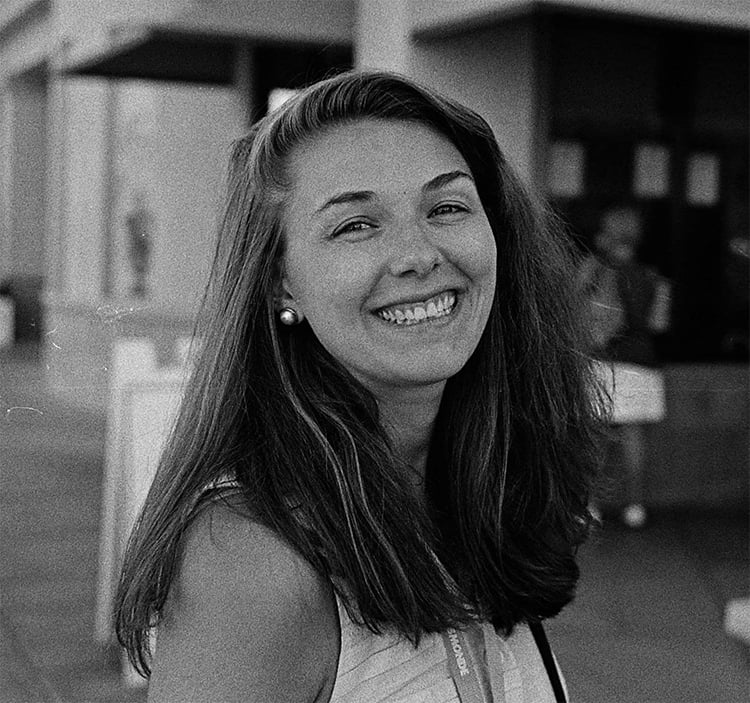
Joanna Naugle: I’ve been involved in the project from the very beginning because Michael and I are married! I remember our initial conversations when the film was just a growing idea in his imagination – and he always described it as a romantic comedy set in outer space across different planets and time periods. From there, I read lots of drafts of the scripts, weighed in on the visual style as he developed a pitch book, and sat in on the table read with the cast. It’s rare as an editor to be involved from that early on, but ended up being so helpful because by the time we got into the edit, I was able to move things along very quickly because we had so many conversations previously about the style and tone. It also helps that one of the things that drew us together as a couple was our shared love of similar movies, so being able to draw on references that shaped us as filmmakers made nailing the style of the film relatively easy.
Soundstripe: The film is obviously shot mostly on green screen and with digital backdrops, what was the workflow for cutting the film together with the eventual VFX?
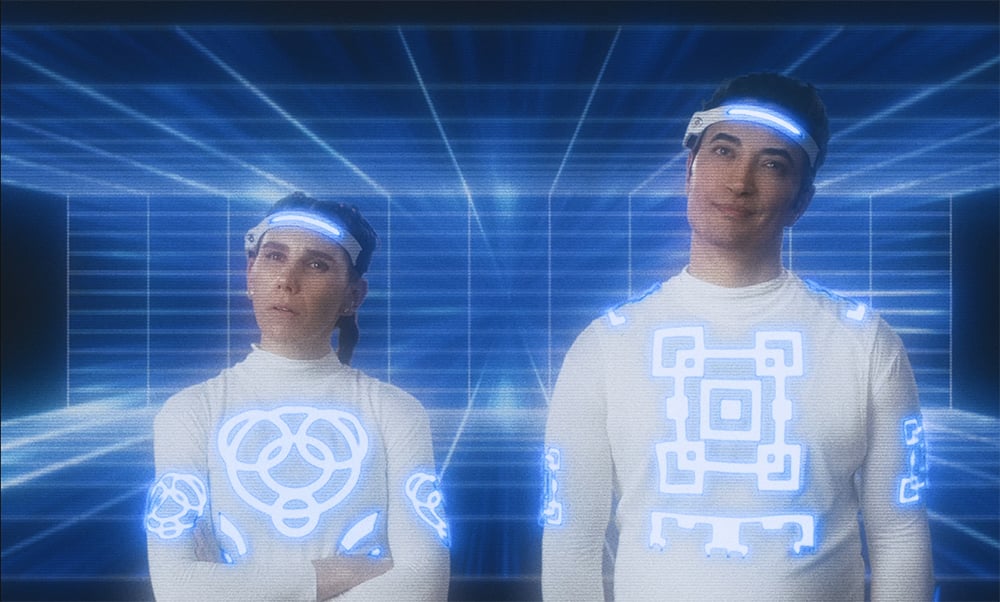
Joanna Naugle: While doing the initial editing, we spent a bit of time on very rough VFX – mostly just using color key to get rid of the green screen and then using reference images or work in progress backgrounds to at least get a feel for what would be in the frame. It’s tough to feel confident in the timing of shots without having at least some idea of what the visual effects will look like, even if it’s super loose. We picture locked the film within five weeks and immediately after that Michael and Zach started work on the more than 900 VFX shots. I would add 10 frame handles and label each clip inside Premiere as Michael and Zach started to work on scenes. They’d render a pass at a scene and then I’d put it together in a sequence and then we’d notice tweaks or what needed to change. As the VFX shots got close, I’d add in the finished shots and then export them scene by scene to our colorist, Christian Rush, who would then start developing looks for each set-up as soon as it was ready. We usually found additional VFX mistakes in that first pass of color and so we’d go back and re-render then re-color. We had a massive VFX breakdown spreadsheet that was our lighthouse and a place where everyone could easily go in and check the status of each shot, the current version number, and who was working on it.
Soundstripe: Did you watch any classic sci-fi films or rom-coms as a way to develop your editing style?
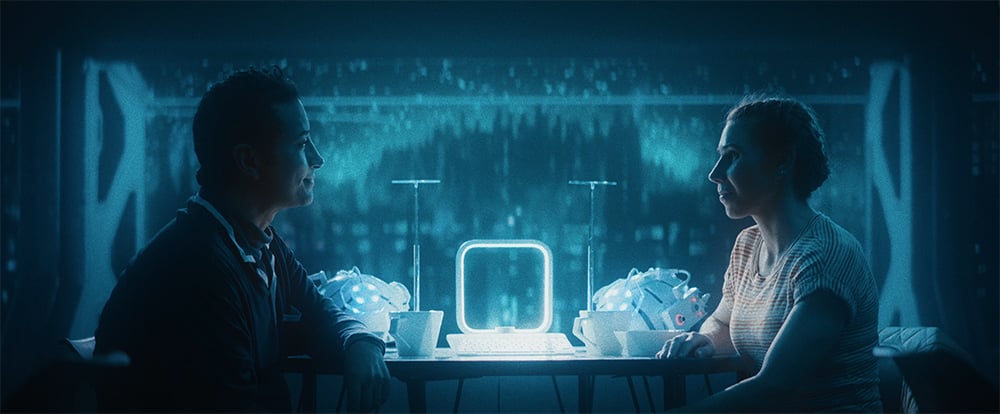
Joanna Naugle: Michael and I talked a lot about “When Harry Met Sally” being the main reference for the film since it is primarily the story of a couple meeting over and over again throughout different eras of their lives. So we used that as a guide for pacing as the story unfolded. I also love the chemistry between Meg Ryan and Billy Crystal in that film, and you really feel their connection because there are so many scenes with close up coverage of the two of them making eye contact or moments of silence between them where you can feel the romantic tension growing. I did an entire pass on the film just focusing on building the chemistry between Zosia and Ari, which was absolutely already there in the performances, but it was helpful to find moments where I could build out a lingering glance or have a nice quiet pause with them to highlight their intimacy. For the more action-packed space scenes it was fun to revisit films like “Star Wars” and “Guardians of the Galaxy” that do a great job creating thrilling moments that still focus on character development and emotions every step of the way.
Soundstripe: What video editing platform did you use (and why)? Did you use any additional tools or plugins?
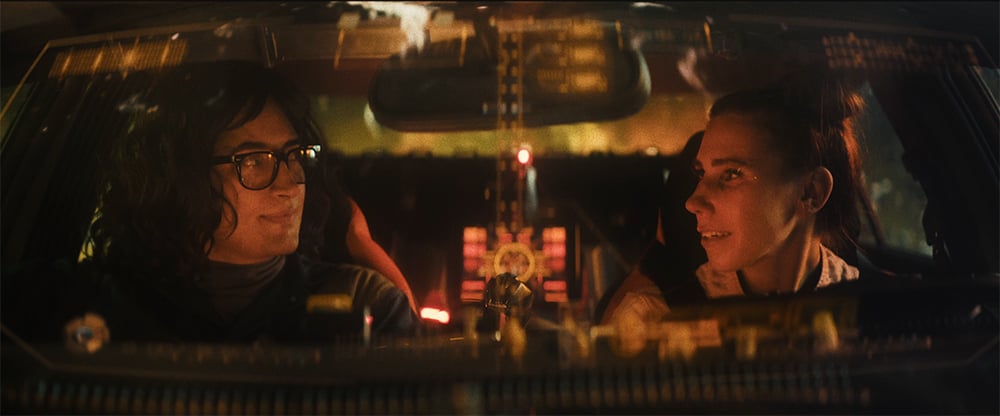
I use Premiere for all of my projects and it was the perfect choice for this project especially because we had sooooo many VFX shots. We were able to edit the raw footage directly in Premiere which was amazing since we didn’t have to lose any time transcoding the footage in the beginning and onlining everything when we transitioned into VFX and color. We also used Frame.io frequently while sharing links with friends and collaborators for feedback and also as a place to keep all our versions of the VFX shots. It basically became our shared cloud storage, where we could keep our ever-evolving visual effects shots and also store all the shared assets between everyone working in post.
Soundstripe: There’s a great rhythm to the banter-heavy dialogue, as well as with the segmented structure, did you have any rules for speed or pacing?
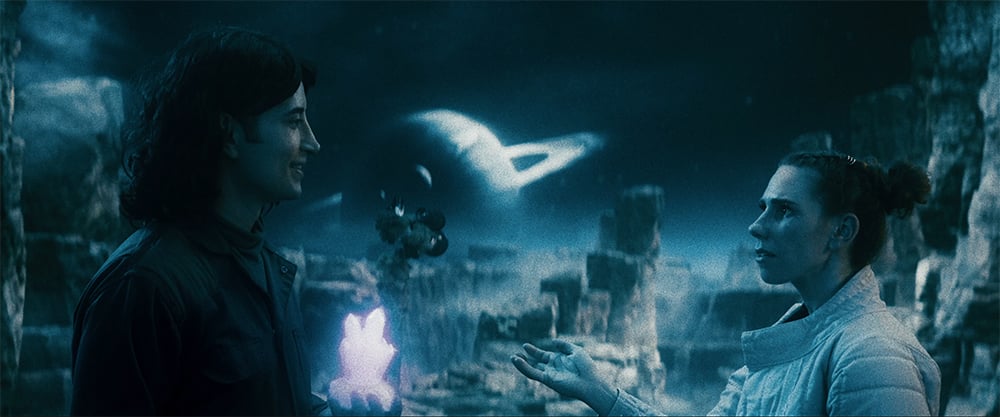
Joanna Naugle: We really wanted the dialogue to feel as natural as possible, especially since there are so many crazy and outlandish things happening in the universe around our characters, we knew it would be essential for their conversations to feel relatable and authentic. While organizing the footage I made line by line stringouts of every single sentence in the film, so we could easily go back and watch every take for each line. It helped me get acquainted with everything we had in the footage and while Michael and I were working together, we could very quickly review the takes in case we wanted to shape a scene to feel more awkward or casual or sad or any other type of emotion. Breaking down all the takes into these smaller building blocks made it easier to find the rhythm of each scene and ensure we were using the best combination of performances. In terms of other “rules” we always sped up MAR14’s footage by 10-15% just to make her feel slightly less human and more robotic. And we tried to cut around Moebius’ blinks as much as we could to make him seem more intense. A lot of times we also ended our scenes with improv from one of the actors since Michael gave them a lot of freedom to improvise, especially when it came to buttons for the scenes. Zosia and Ari came up with lots of great little surprises that we often ended up using in the edit room and added even more naturalism to the characters.
Soundstripe: What advice would you give any up-and-coming editors looking to break into comedy or features?
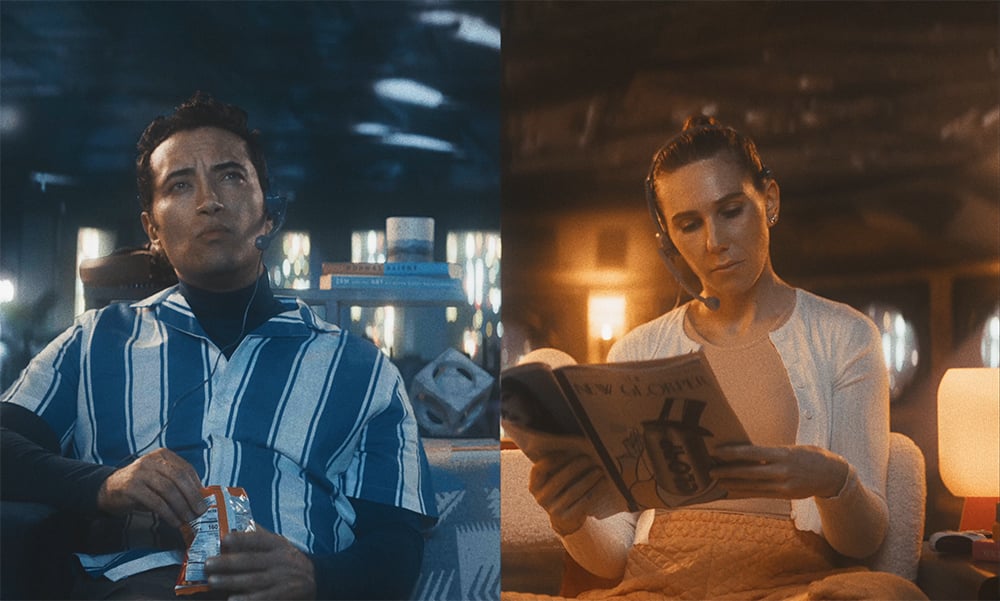
Joanna Naugle: If you want to become an editor, one of the best things you can do is get to know the editing software of your choosing really, really, really well. First, this will help you because you’ll be making stuff on your own and getting experience cutting, whether it’s a short film, music video, commercial or just something you’re experimenting with on your own. Finding your own tips, tricks, and shortcuts will make you a fast and efficient editor, and once you’re an expert at the technical side of things, it will leave you more time and brainpower to make creative choices and focus on the artistic aspect of filmmaking. Second, this skillset will also make you stand out as an Assistant Editor, which is a great stepping stone towards editing bigger projects. As an AE, it’s your job to help organize the footage for the editor as well as help them with all technical aspects of the project. So if you’re already familiar with the software you’ll be working with, it will make you an even more valuable asset on a post production team.
For more video editing interviews and insights, be sure to stay tuned to the Soundstripe blog — and also check us out on YouTube!